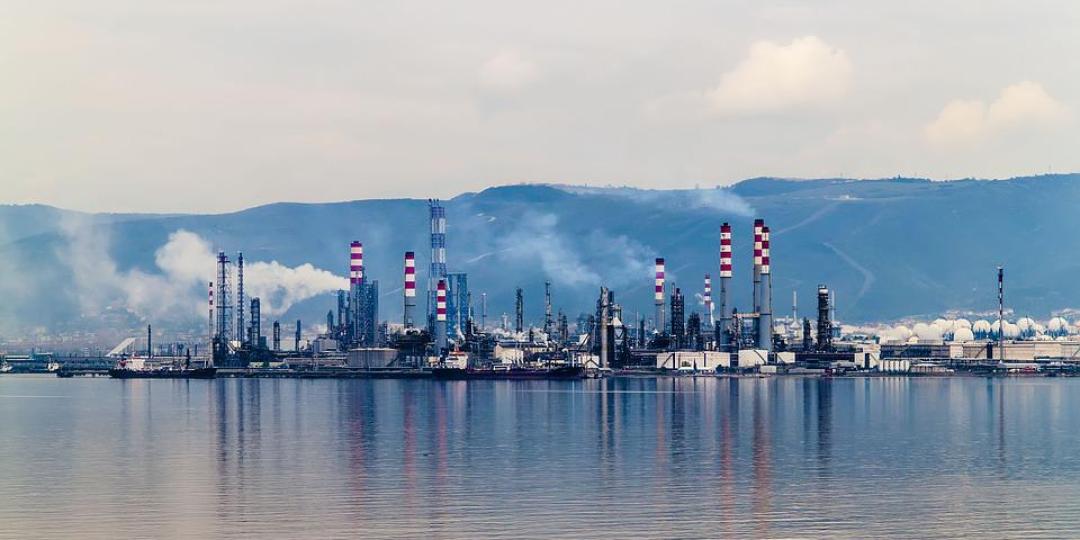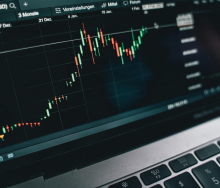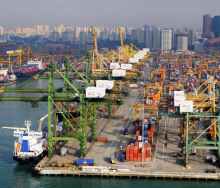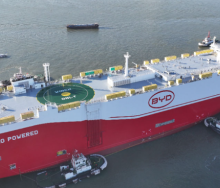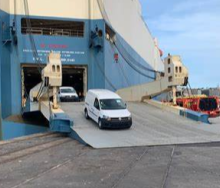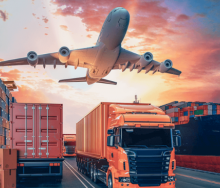Good fortunes lie ahead for offshore oil and gas development over the next five years, sector analyst Westwood Global Energy (WGE) has forecast in its latest research data.
The analysts anticipate that 2022 will be a “great year” for offshore development, despite the dampening impact of inflation on global supply chains, which has now somewhat cooled growth expectations.
According to a report in The Maritime Executive, WGE data shows that offshore engineering, procurement and construction (EPC) contracting activity tripled year-on-year in the first half of 2022, hitting $26 billion, on the back of a raft of new big project approvals, including Exxon's Yellowtail off Guyana and Equinor’s Haltenbanken East multi-field complex in the Norwegian Sea. These latest contracting developments include eight new/refurbished floating production units, 52 platforms, and a network of almost 900 nautical miles of pipeline.
“The second half of 2022 could bring another $46bn worth of EPC awards - particularly from Saudi Aramco, which is investing heavily in four large offshore projects. Taken together, these contracts would amount to more than $70bn worth of investment over the full span of 2022 - more than in any year since at least 2014, according to Westwood's data,” the publication reported.
These latest developments come after a period of underinvestment due to the impact of the Covid-19 pandemic and the return of spiralling oil prices that could drive investment in the sector for several years.
WGE’s market analytic tools have forecast a long upcycle until 2026, with offshore EPC spending amounting to an estimated $275 million for the period, a more-than 70% rise compared to the past five years. Asia, the Mideast and Latin America are expected to be the areas attracting the most activity.
Unsurprisingly, demand has also pushed up rates for offshore supply vessels and rigs, which have now hit the highest day rates the sector has experienced in several years.
According to Clarksons, offshore support vessels (OSVs) are bringing in 50% more per day now than they did at the start of 2021.
